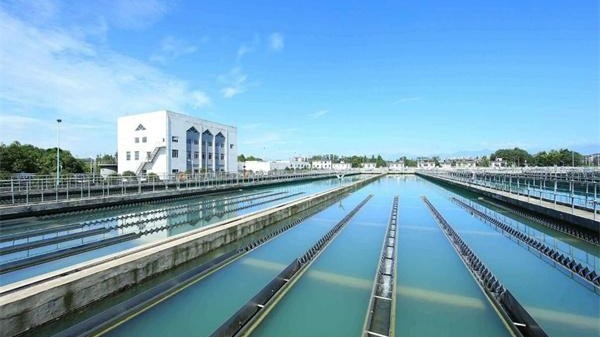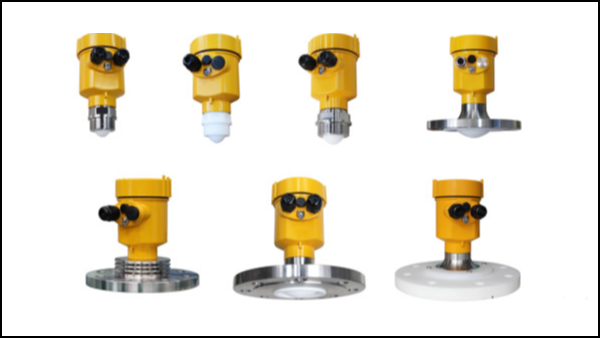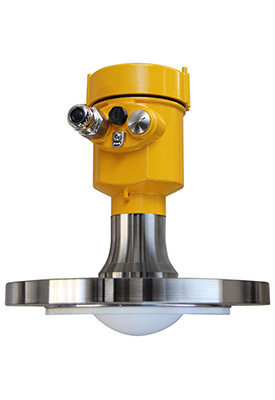In the water treatment and supply system, accurate level measurement is the key to ensure continuous water supply and optimize resource management.
The application of radar level meter in water plant has significantly improved the monitoring accuracy and operational efficiency. This article will explore the working principle of radar level meter, its specific application in water plant and its benefits.

Radar level meters measure the distance of liquids or solids by transmitting microwave signals and receiving the reflected signals. This device uses the principle of time flight, that is, measuring the time required for the signal to be transmitted and received, and then calculating the height of the liquid surface.
Compared with traditional level measurement methods, radar level meters have the advantages of not being affected by the characteristics of the medium, not requiring direct contact with the object being measured, and being suitable for harsh environments.

In water plants, radar level meters are mainly used for water level monitoring at key nodes such as raw water reservoirs, sedimentation tanks, filtration tanks and clear water tanks. For example, in raw water reservoirs, radar level meters can monitor water level changes in real time and provide data support for water source collection.
In sedimentation tanks and filtration tanks, the stability and efficiency of the water treatment process can be guaranteed through precise water level control. In clear water tanks, radar level meters are used to monitor the storage volume of finished water to ensure the continuity and reliability of the water supply system.
Water plants using radar level meters can achieve more automated and intelligent management. The data output of this equipment is usually connected to the monitoring control and data acquisition system, making remote monitoring possible. Operators can obtain water level information at each measuring point in real time in the control room, adjust process parameters in time, and optimize operation strategies.

In addition, the high stability and low maintenance requirements of radar level meters are also important reasons for their wide application in water plants.
Due to its non-contact measurement method, it avoids the corrosion problem caused by long-term immersion in water of traditional sensors, thereby extending the service life of the equipment and reducing maintenance costs.
It is worth mentioning that the high-precision measurement capability of radar level meters also helps water plants improve the utilization rate of water resources. Through precise control of each processing link, water waste is reduced, while ensuring that the quality of the effluent meets the standards.

In summary, the application of radar level meters in water plants not only improves the accuracy and efficiency of liquid level measurement, but also promotes the rational use of water resources and the stable operation of the water supply system.
